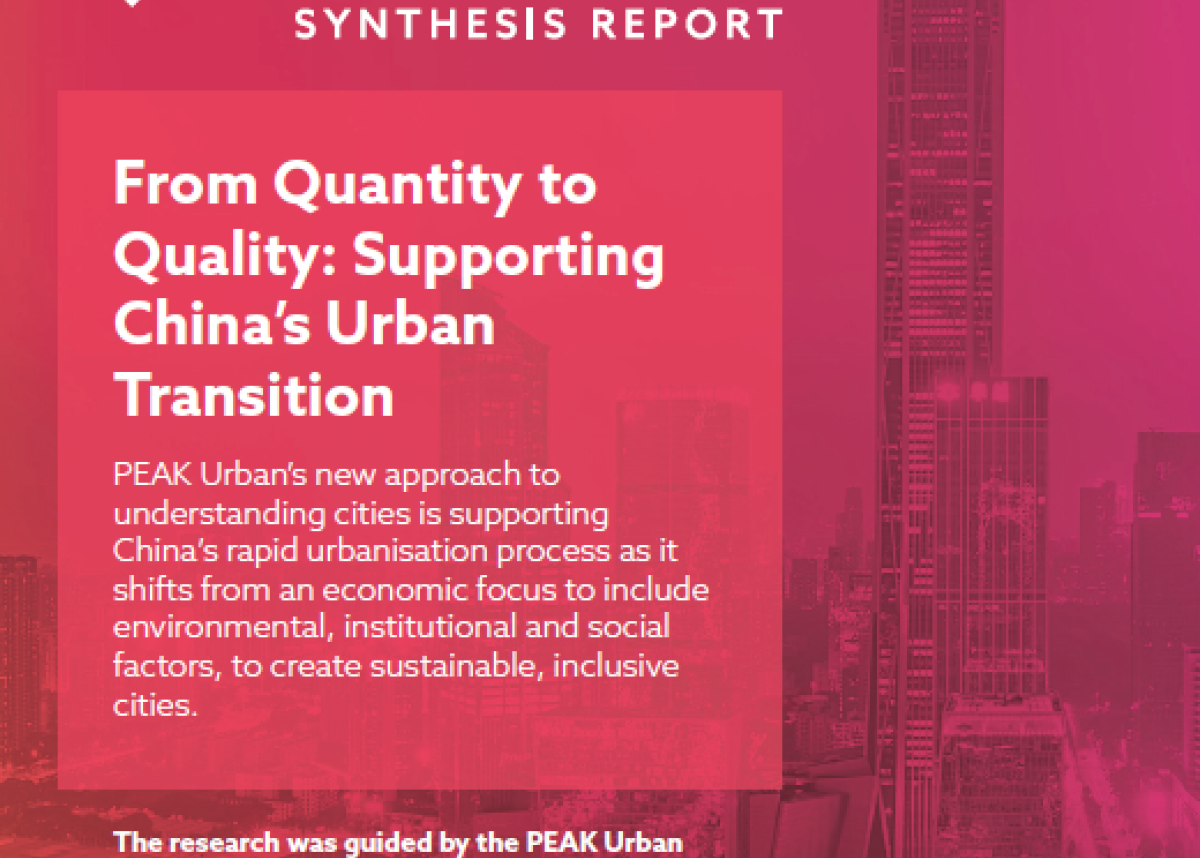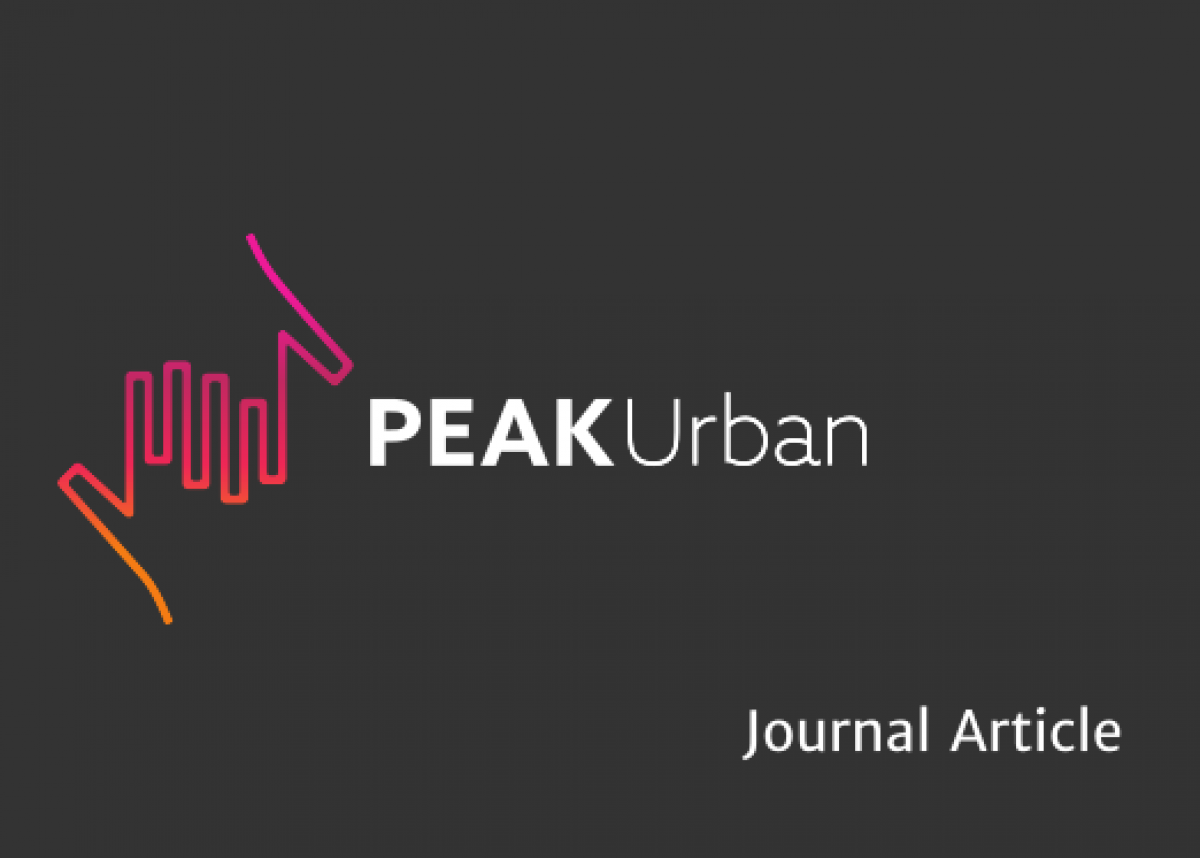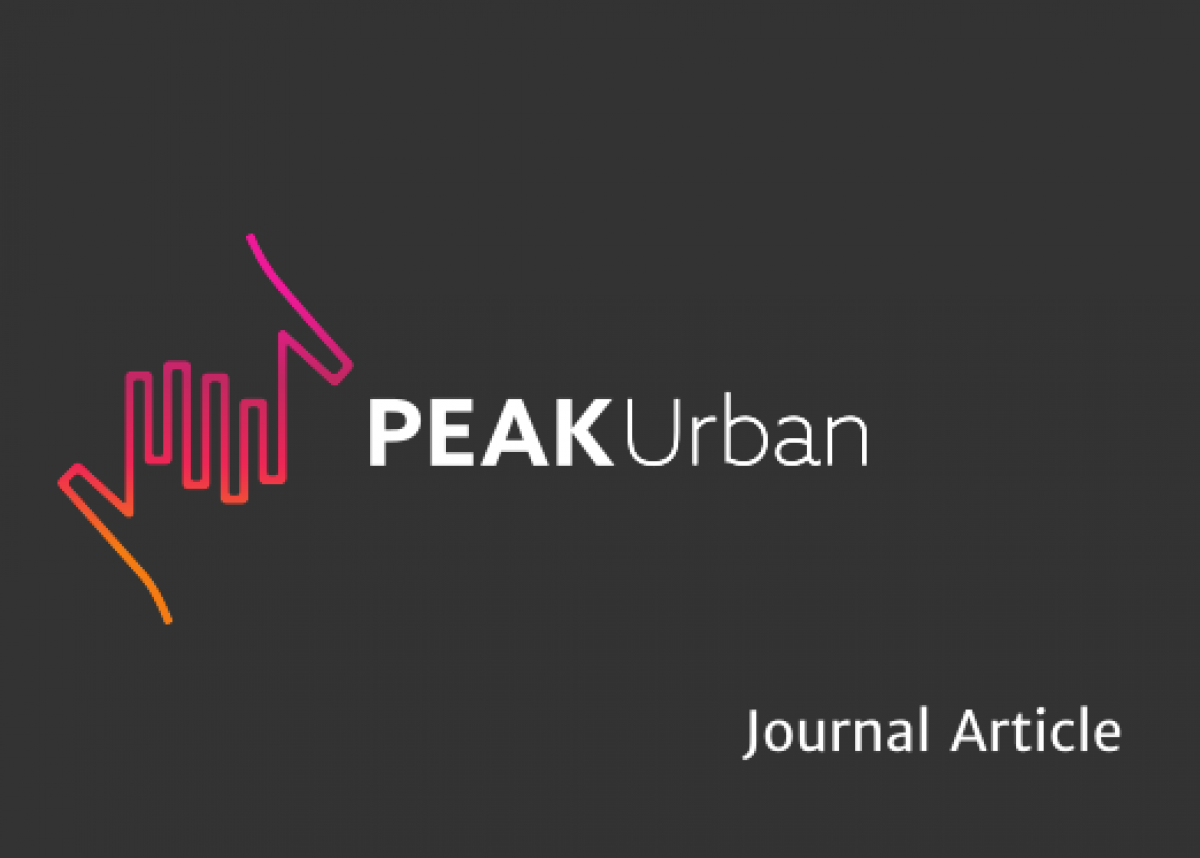
Employment centers change faster than expected: An integrated identification method and application to Beijing
Traffic big data brings new opportunities for studying urban spatial structure. By using data from subway smart cards and road networks, as well as integrating travel chain analysis with route simulation and spatial statistical methods, this paper developed a methodological framework to identify employment centers quickly and objectively, through which both the form and attractive area of centers can be depicted.
The validity and advantages of this novel method were verified in a Beijing case study.
We identified four major combined employment centers with different dominant functions in the city center and one in a suburb as a new high-tech industrial zone. We deliberately chose an extremely short period to test the feasibility of the method. During that time, the employment centers remained stable in number, location, and size, which met our expectations. However, unexpected rapid changes were captured in the spatial form and attractive area or commuting pattern of employment centers. Specifically, we found an obvious suburbanization trend for employment centers, continuous evolution in a clear direction of every center's spatial form, and a commonly decreasing worker commuting distance in most centers over the one-year period.
After discussing several methodological, theoretical, and practical issues, policy implications were finally proposed to a broad audience.



